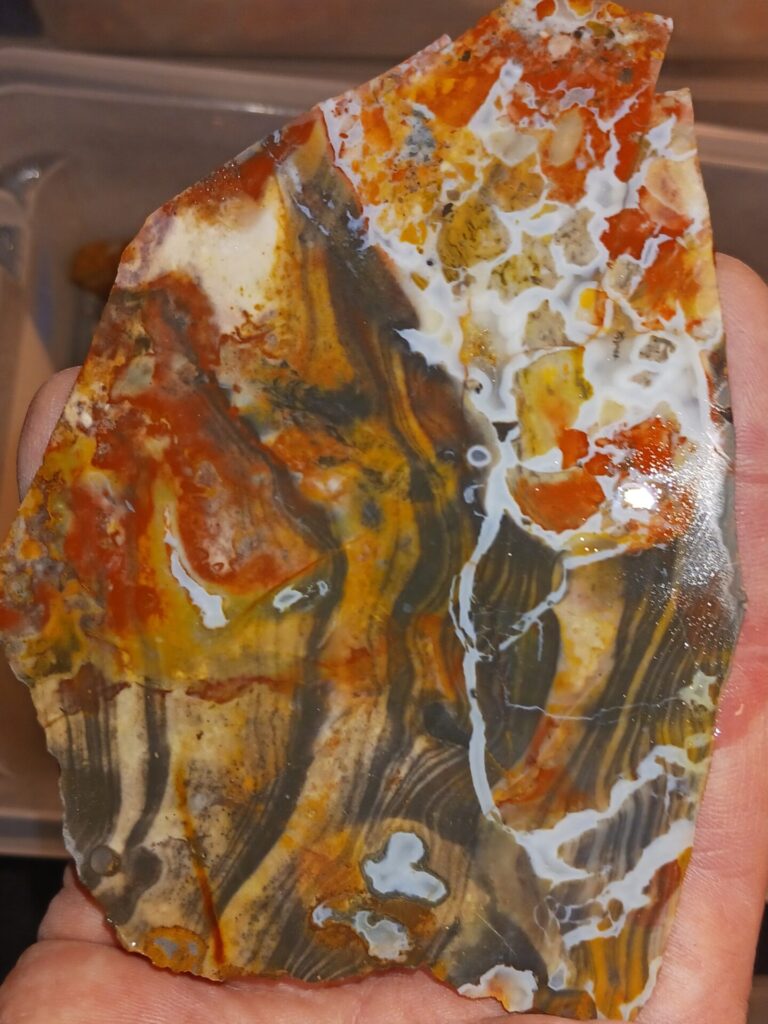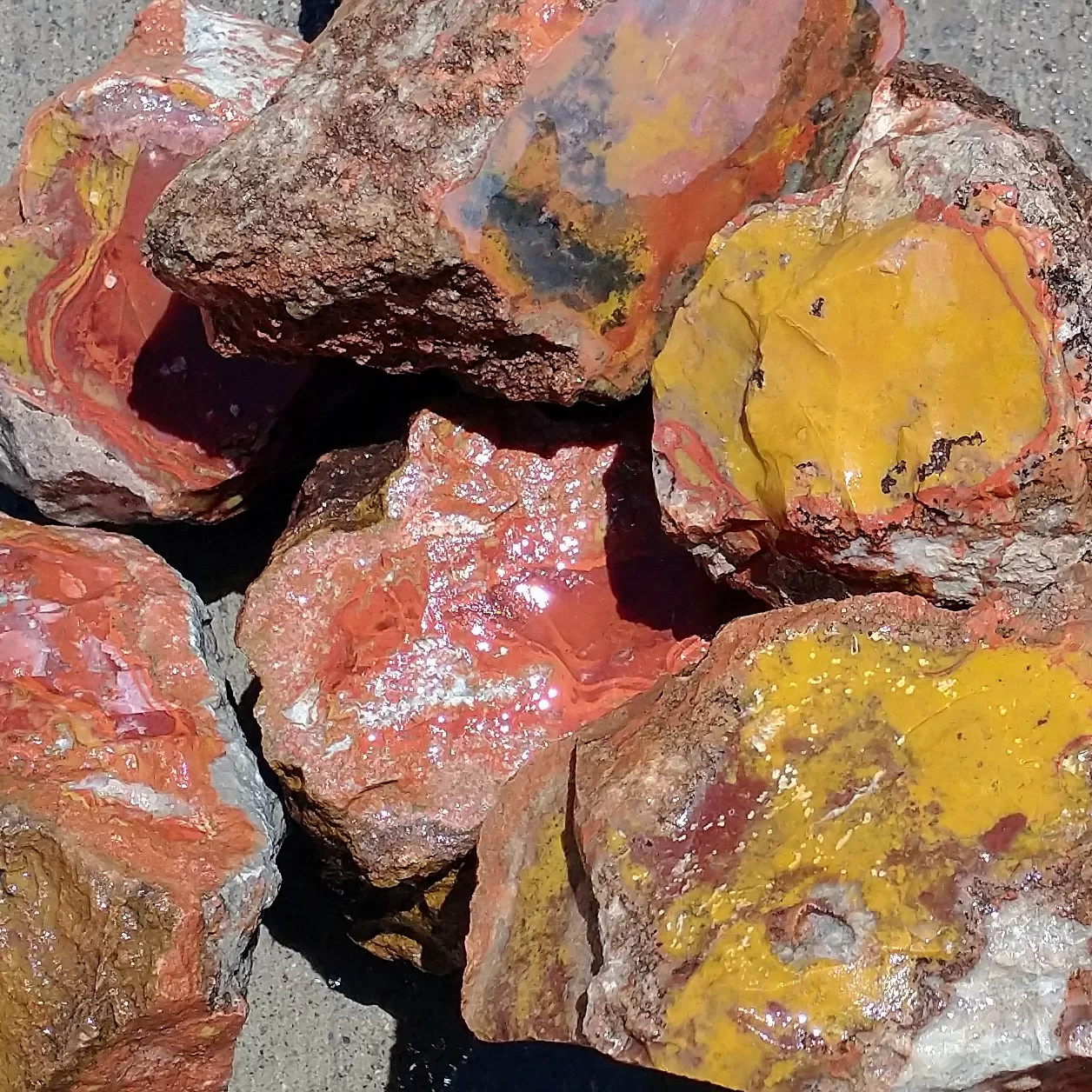Conflicting Answers
The differences between chalcedony, jasper, agate, flint, and chert often depend on who you talk to. In fact, attempting to talk to someone about them may become a matter of great contention.
Searching the internet will provide you with a myriad of answers, many of them conflicting one with another.
This can make describing them sometimes difficult or confusing. To make matters worse many types of minerals are marketed incorrectly. For example, many types of rhyolite are often marketed as jasper.
From the Lapidarist Perspective
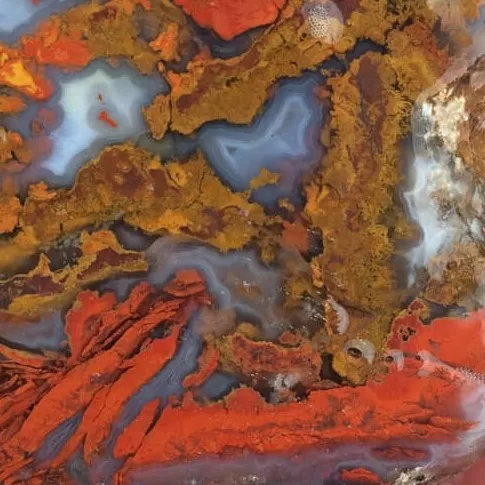
If you talk to a lapidarist, a person that shapes stones, minerals, and gemstones into useful decorative items, many of these minerals are broken down into two categories, jasper or agate. Those minerals that allow light to pass through them (translucent) are usually categorized as agate. Those minerals that don’t allow light to pass through them are usually categorized as jasper.
Some lapidarists only categorize agate as those minerals that allow light to pass through them and have banding or patterns wirhin them.
If you talk to a geologist these minerals are categorized quite differently, and more correctly, depending on their chemical makeup and how they are formed.
On this website, we focus on how specimens are categorized by a lapidarist and how they are marketed. This may differ from a geologist’s perspective.
Keep in mind that there isn’t always a clear differentiation between the different types of rocks and some specimens may exhibit characteristics of more than one. Marketing also plays a big part in the naming of anything that is made into useful materials such as cabochons, gemstones, etc.
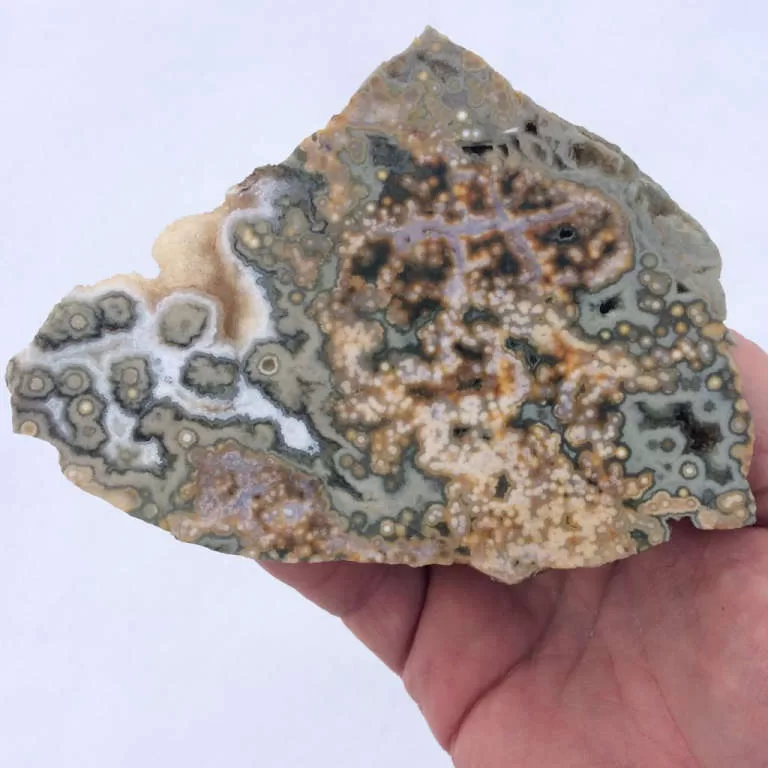
Geologists Disagree as Well Sometimes
Even geologists sometimes disagree as to how to describe chert, jasper, agate, and flint. Fortunately, there are many tools available to geologists today.
One of the tools used to keep the ever-changing mineral data current is mindat.org. We would recommend visiting the website if you are interested in learning more from a geologist’s point of view.
What is Chalcedony?
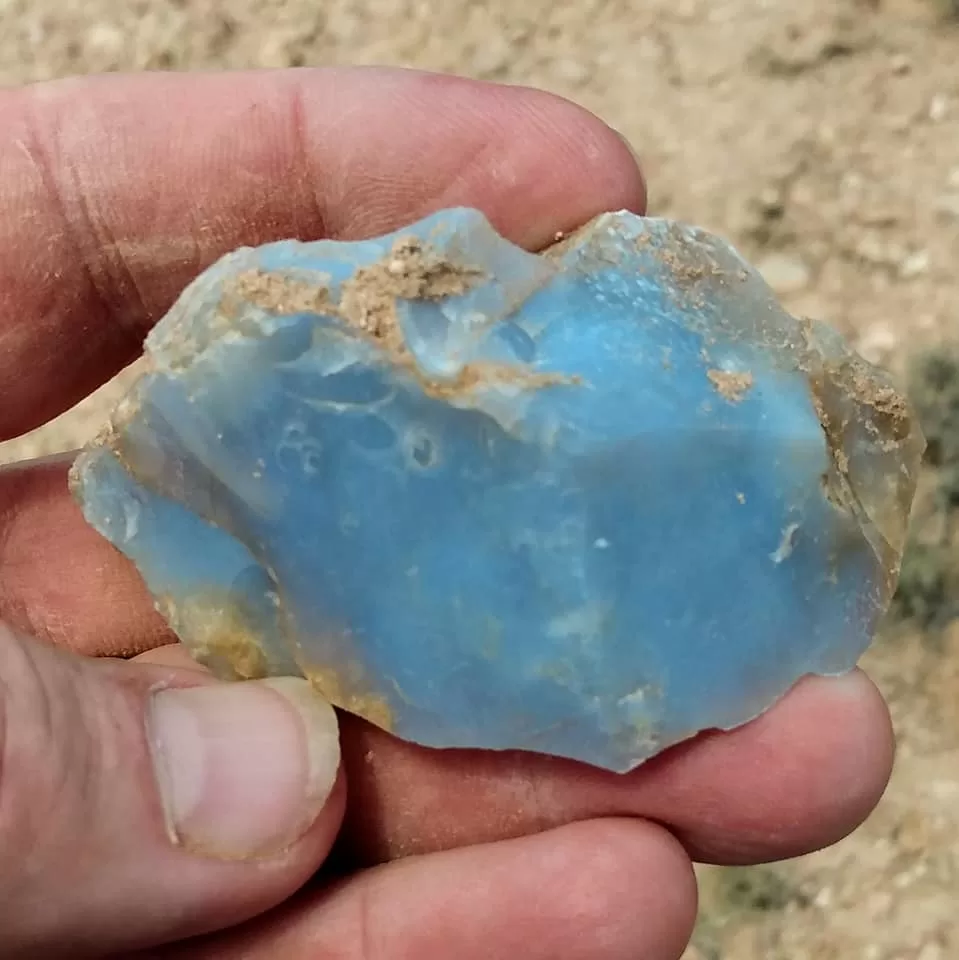
Chalcedony is a cryptocrystalline form of silica. It often has a waxy luster and may be transparent, semitransparent or translucent. The color of chalcedony varies depending on the impurities found in it but it is most commonly seen in white to grayish colors or in brown to black coloration.
Chalcedony minerals are often marketed as agate such as Fire Agate. Fire Agate is actually a form of chalcedony with limonite inclusions.
What is Agate?
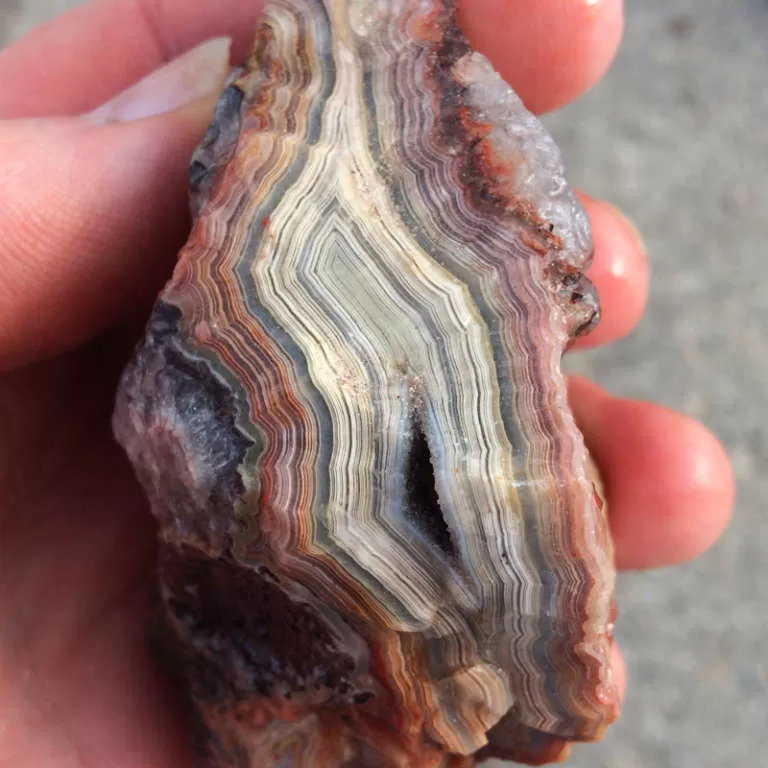
Agate is a form of chalcedony. The colors in agate vary greatly depending on the impurities found in it. Agate often forms in cavities of volcanic rocks. When silica-rich fluids get trapped in these cavities layers of chalcedony can form within the cavity.
As the layers of chalcedony forms within the cavity, they form varying layers of chalcedony which eventually creates the banding appearance which is typically found in agate.
What is Jasper?
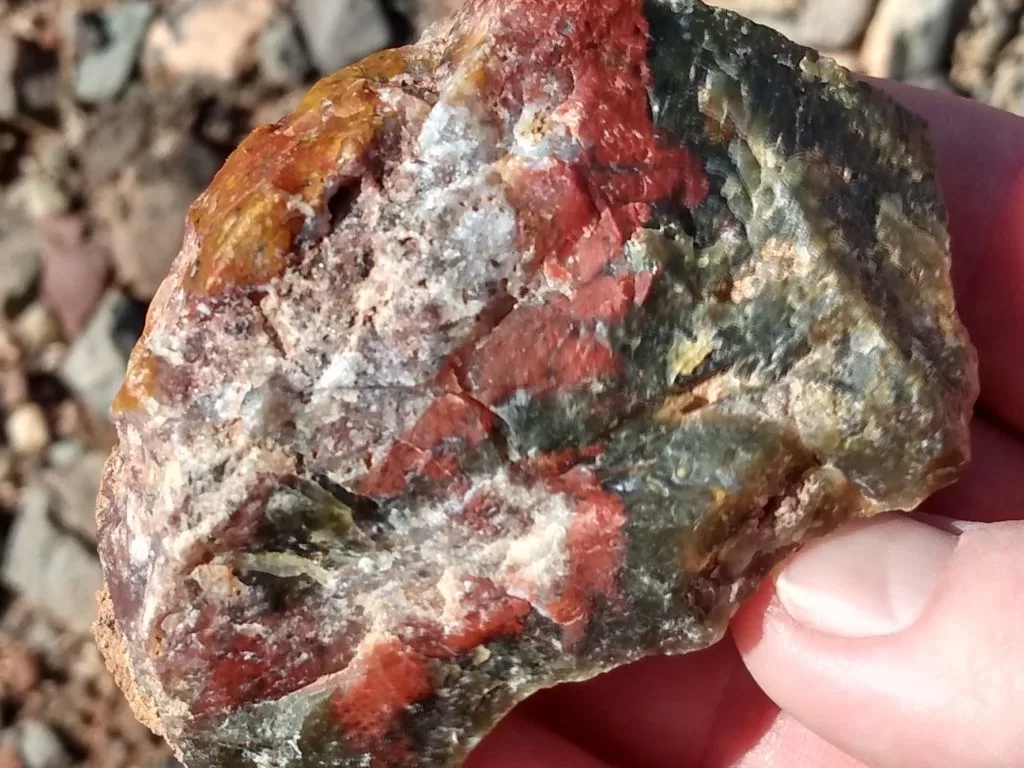
The term jasper is used to describe opaque varieties of chalcedony. Due to the high amounts of impurities found in jasper, little or no light can pass through it. These impurities may create a material that is very colorful and may have beautiful patterns in it.
Many rocks that are marketed as jasper are not jasper at all. For example, Ocean Jasper is actually a form of rhyolite.
What is Chert?
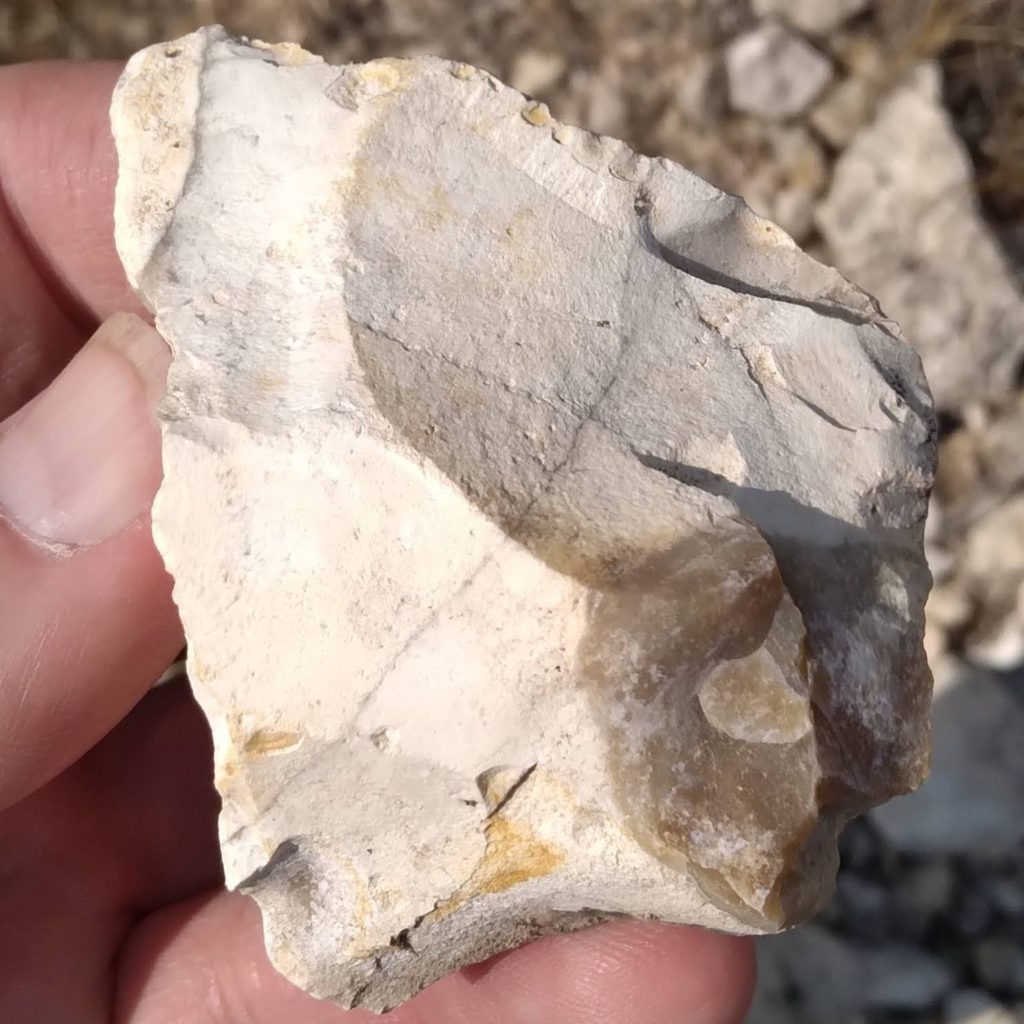
Technically, many forms of jasper are actually chert. Chert is a form of chalcedony that often forms in limestone however it may be formed in any silica-rich environment such as biogenic sediments or hydrothermal flows. Chert is often used to describe a form of chalcedony that has dull coloration such as brown or tan.
What is Flint?
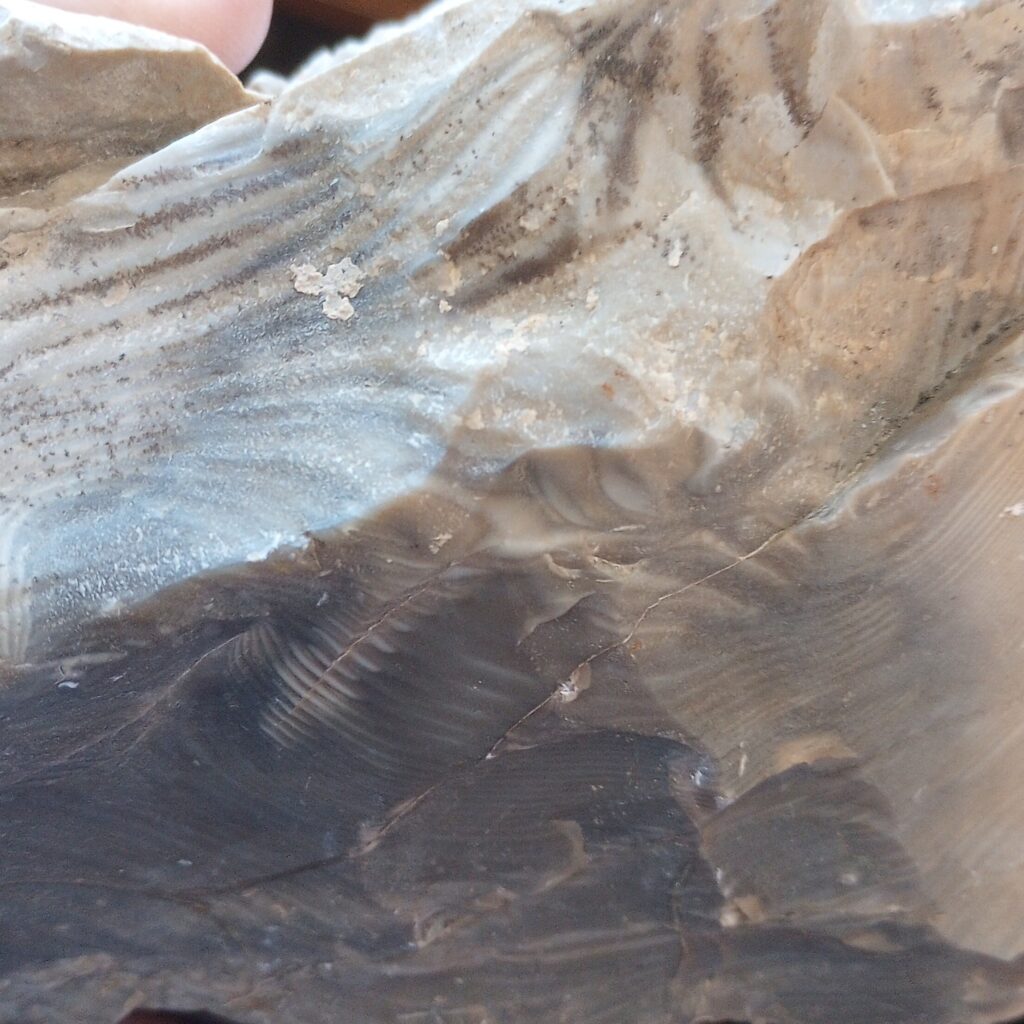
The term flint is used to describe a sub-variety of chert. It is differentiated by where and how it is created. It may also be an indication of its color which is usually black or nearly black.
Flint is also known for giving off sparks when struck against steel.
